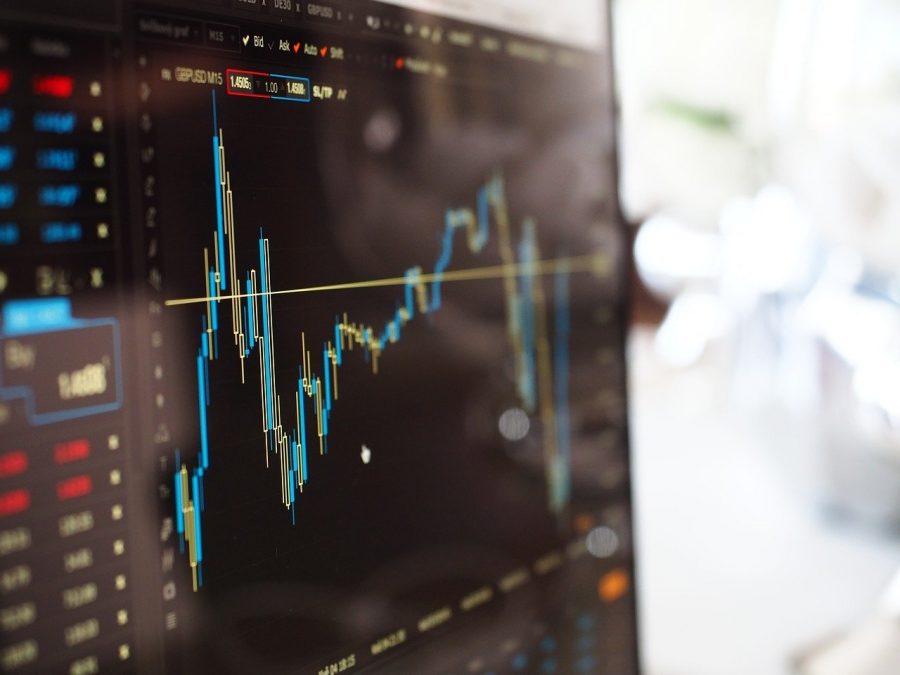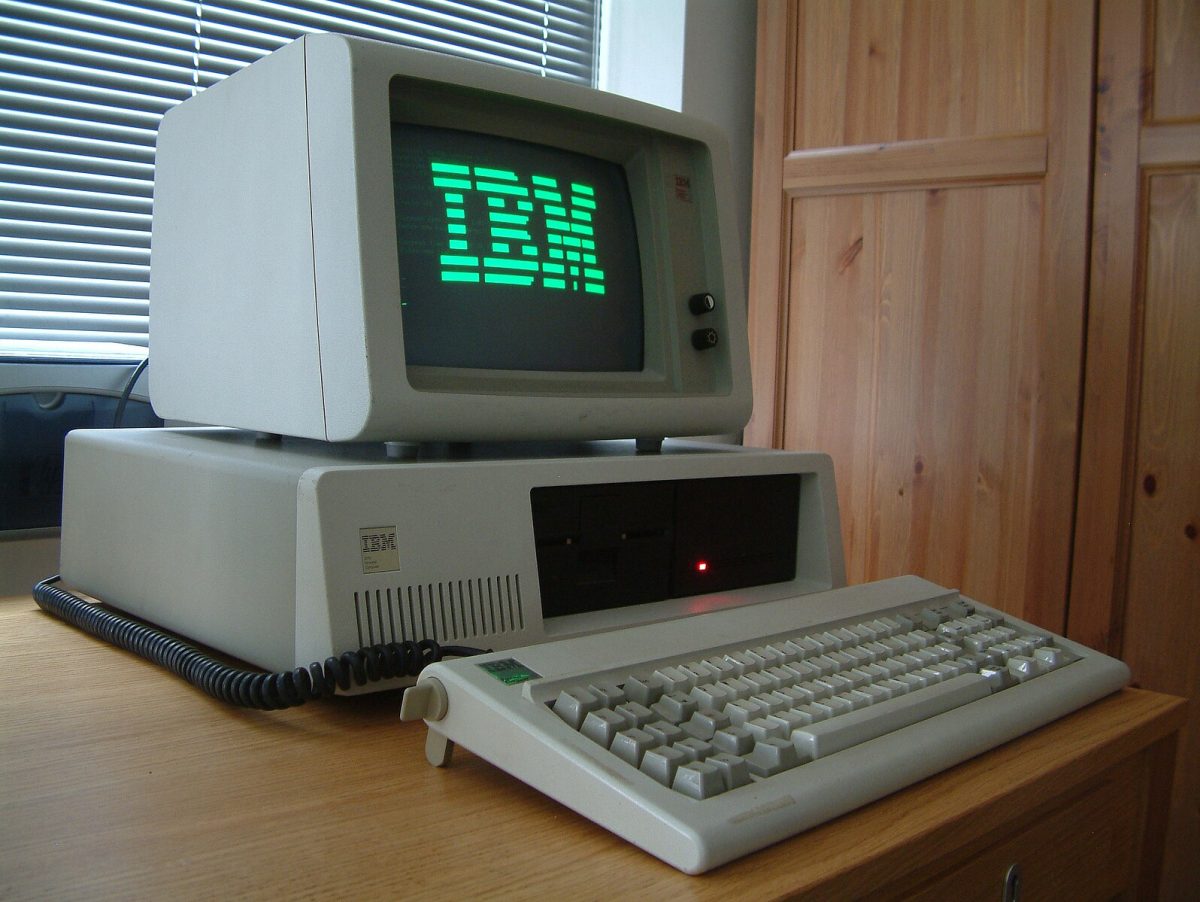U.S. stocks had their best weekly performance since 1974 on the week of April 10th, fueled by optimism that the coronavirus pandemic was slowing and the recession from it would be shorter than originally expected. The S&P 500 rose 12%, and while still down 15% for the year, it has rallied 23% from its low on March 23rd.
Investor optimism was bolstered by new cases of COVID-19 slowing across the U.S., dropping below 29,000 on April 12th for the first time since April 5th. Federal and state authorities have also begun to discuss when and how to reopen businesses and schools, thus easing containment measures and restarting economic activity.
However, stocks dropped April 13th as investors braced themselves for earnings seasons. The S&P 500 fell 1.0%, the Dow 1.4%, while the Nasdaq Composite tumbled during the day, but ended the market session up 0.5% fueled by shares of Amazon. Internationally, indexes in Tokyo, Shanghai, and Seoul closed lower while those in Europe, Australia, and Hong Kong remained shut for the Easter holiday.
The coming week will paint a better picture of how social distancing measures have affected corporate profits, with major U.S. banks and blue-chip companies scheduled to report. According to Sammer Samana, senior global market strategist for Wells Fargo Investment Institute, “markets are probably not prepared for the weakness in the data and, probably, the duration of the weakness in the data.”
Roughly 300 companies have lowered their expectation for earnings this quarter, with another 175 cutting dividends or suspending stock buybacks, according to the Wall Street Journal. As the lockdown spurs a wave of layoffs and furloughs, a record high of 17 million have filed for unemployment. Many companies, ranging from General Electric Co. to FedEx Corp. to Starbucks Corp., have halted forecasting results as they face a period of high uncertainty.
Despite this, markets continue to climb higher and higher, only wavering on the cusp of corporate earnings releases. Major U.S. banks have seen a burnt of the damage, with Bank of America projecting a 29% drop in per-share earnings this year, and Goldman Sachs predicting profits could tumble anywhere from 33% to 57%.
Outside of equities, the 10-year U.S. Treasury note yield rose to 0.749% on April 13th , up from 0.722% on April 10th . Gold prices reached a record high since November 2012, and oil prices tumbled. Brent crude, the global benchmark for oil, fell through the day to end the market session up 0.8%. It is now down 52% since the start of 2020, as the demand for oil wavers in the face of COVID-19. With travel restrictions in place and businesses shut down, April’s global oil consumption is expected to fall by more than 30 million barrels per day.
With corporate earnings around the corner, investors are looking at JPMorgan Chase & Co. and Bank of America Corp., UnitedHealth Group Inc., J.B. Hunt Transport Services Inc., and Johnson & Johnson, as they are among the first large companies to report.







